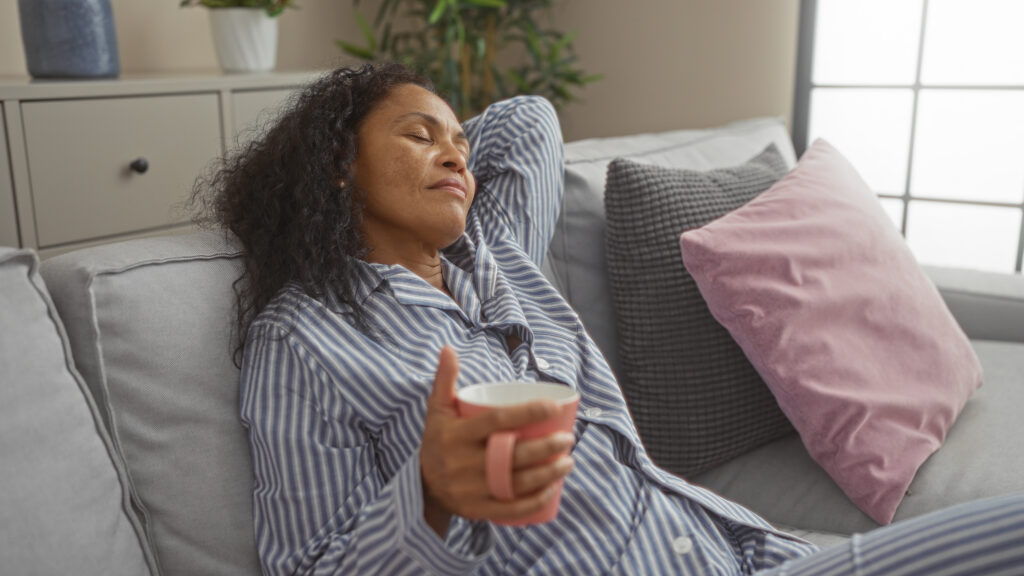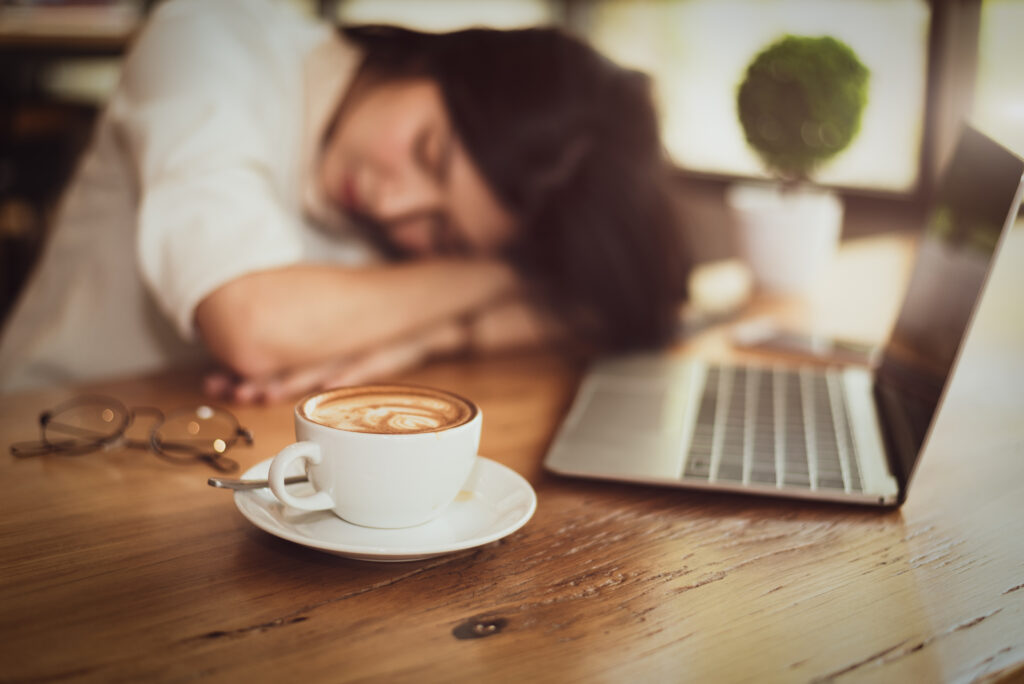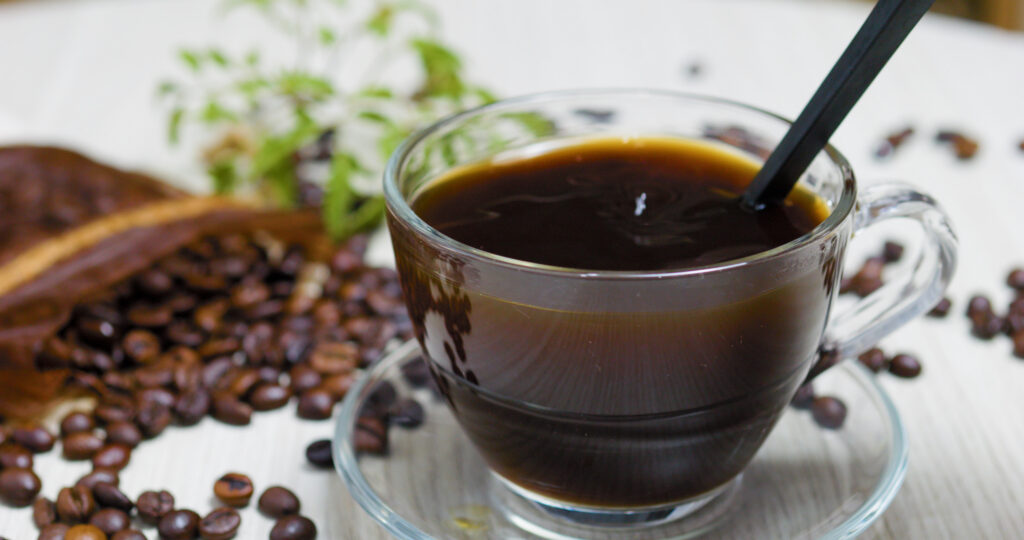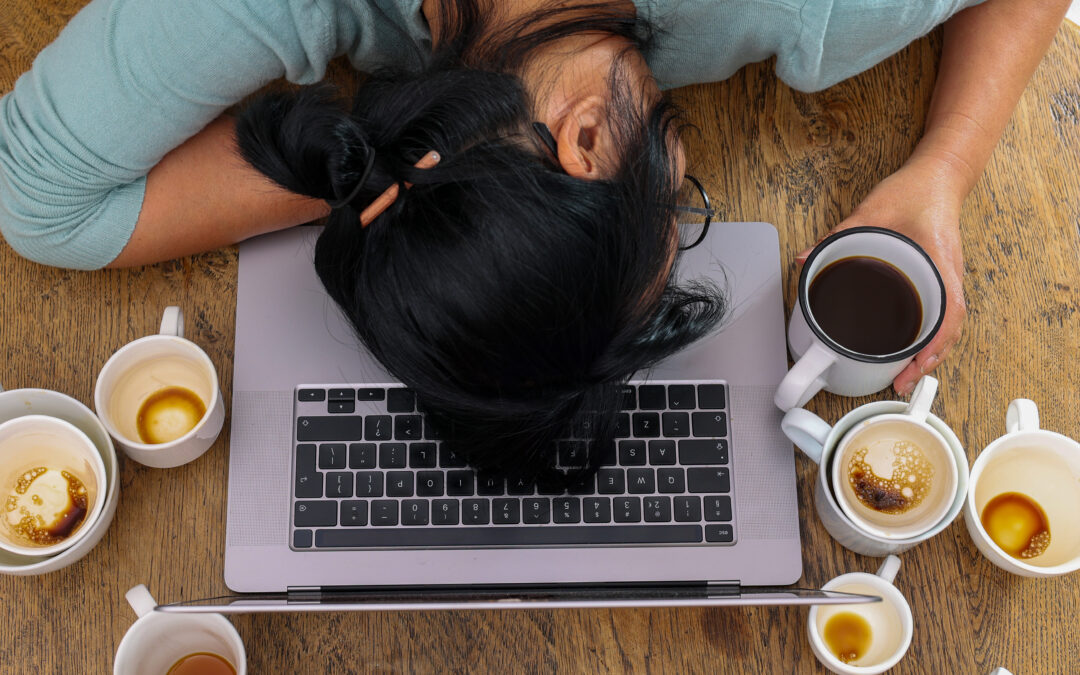It sounds completely backwards: drink coffee, then immediately take a nap? Won’t the caffeine keep you awake?
But here’s the counterintuitive truth: caffeine naps, or “coffee naps,” are not only possible but potentially more effective than either coffee or naps alone. And the science behind why this works is genuinely fascinating.
What Is a Coffee Nap?
A coffee nap is exactly what it sounds like: you drink coffee (or any caffeinated beverage) and then immediately lie down for a 15-20 minute nap.
The protocol is specific:
- Drink your coffee quickly (ideally within 5 minutes)
- Immediately lie down and close your eyes
- Set an alarm for 20 minutes maximum
- When you wake, you should feel significantly more alert than you would from coffee or napping alone
It seems impossible, but multiple studies confirm it works. And the timing is everything.
The Science Behind Why It Works
The magic of coffee naps lies in how caffeine and sleep affect the brain differently – and how their effects perfectly complement each other when timed correctly.
Here’s what happens when you’re tired: A molecule called adenosine accumulates in your brain throughout the day. Adenosine binds to receptors in your brain and makes you feel drowsy. The more adenosine, the sleepier you feel.
Here’s what coffee does: Caffeine is molecularly similar to adenosine. When you drink coffee, caffeine molecules race to your brain and compete with adenosine for the same receptors. When caffeine wins, you don’t feel tired anymore – not because you’re less tired, but because the tired signals can’t get through.
Here’s what naps do: Even a brief 20-minute nap clears some adenosine from your brain. Your brain uses that downtime to flush out adenosine molecules, reducing overall sleep pressure.
Here’s where it gets brilliant: Caffeine takes about 20 minutes to reach your brain after you drink it. So if you drink coffee and immediately nap, you’re napping while the caffeine is still traveling through your digestive system.
When you wake up after 20 minutes, two things happen simultaneously: your brain has cleared out some adenosine through the nap, and caffeine arrives just in time to block whatever adenosine remains. You get the adenosine-clearing benefits of sleep plus the adenosine-blocking benefits of caffeine, hitting you at the exact same moment.
What the Research Shows
This isn’t just theoretical – it’s been tested extensively.
A landmark study from Loughborough University in the UK had participants drink coffee before a 15-minute nap, then tested their performance on a driving simulator. The coffee nap group made significantly fewer errors than groups who only had coffee or only napped.
Japanese researchers found that coffee naps improved performance on memory tests more than either coffee alone, napping alone, or even bright light exposure (another common alertness technique).
Other studies have confirmed that coffee naps reduce perceived sleepiness more effectively than other interventions. The effects are real and measurable.
Most research focuses on 20 minutes as the optimal nap length – long enough to clear some adenosine, short enough to avoid entering deep sleep (which would cause grogginess when you wake).

Why 20 Minutes Matters
The 20-minute limit isn’t arbitrary – it’s based on sleep cycle science.
Human sleep occurs in cycles. When you first fall asleep, you enter light sleep stages (N1 and N2). After about 20-30 minutes, you risk entering deeper sleep (N3) or REM sleep.
If you wake up from deep sleep, you experience sleep inertia – that groggy, disoriented feeling that makes you feel worse than before you napped. This is why long naps (45-90 minutes) can leave you feeling terrible unless you complete a full sleep cycle.
Coffee naps work specifically because they keep you in light sleep stages where you can clear adenosine without entering the deeper stages that cause grogginess. And the caffeine kicking in right as you wake helps ensure you don’t slip back into deeper sleep.
For a coffee nap to work optimally, you need to:
- Keep it to 20 minutes maximum
- Drink the coffee quickly (not sipped over 20 minutes)
- Lie down immediately after finishing the coffee
- Actually close your eyes and relax, even if you don’t fully fall asleep
How to Do a Coffee Nap Correctly
The technique is simple, but details matter.
Step 1: Choose your caffeine Coffee works, but so does espresso, energy drinks, or even caffeine pills. The key is getting caffeine into your system quickly. Iced coffee or cold brew can be consumed faster than hot coffee. Espresso is ideal because you can down it in seconds.
Step 2: Drink it fast Don’t sip leisurely. Your goal is to consume the caffeine within 5 minutes maximum, then immediately lie down. The faster you drink it and lie down, the more aligned your caffeine absorption will be with your wake-up time.
Step 3: Set an alarm for 20 minutes Non-negotiable. Going over 20 minutes risks entering deep sleep and defeating the purpose. Trust the alarm – even if you feel like you could sleep longer.
Step 4: Create nap-friendly conditions Dark room, comfortable position, silence or white noise. You don’t have to actually fall asleep for this to work – even resting with eyes closed provides some benefit. But you do need to relax.
Step 5: Don’t stress if you can’t fall asleep Many people worry they “can’t nap” or that the coffee will keep them awake. Even quiet rest with eyes closed provides benefits. Just lying down and not stimulating your brain helps clear adenosine.
Step 6: Get up when the alarm sounds No snoozing. When the alarm goes off, get up immediately. The caffeine is hitting your system right now – if you stay in bed, you’re fighting against it.
When to Use Coffee Naps
Coffee naps aren’t for every situation, but they’re incredibly effective for specific scenarios.
Afternoon slump: That 2-3pm crash hits almost everyone. A coffee nap during lunch break or mid-afternoon can completely reset your energy for the rest of the workday.
Before long drives: Studies specifically tested coffee naps in driving contexts because drowsy driving is so dangerous. If you’re feeling tired before a road trip, a coffee nap is more effective than coffee alone at reducing dangerous driving errors.
Shift work: People working irregular hours or night shifts can use coffee naps strategically during breaks to maintain alertness during difficult hours.
Before important performances: Athletes, performers, or anyone with an important event can use coffee naps to optimize alertness and performance.
Not for bedtime: Obviously, don’t do coffee naps in the evening if you want to sleep at night. The caffeine will interfere with your nighttime sleep. Coffee naps are for mid-day energy optimization.
The Limitations and Caveats
Coffee naps aren’t magic, and they’re not right for everyone.
They don’t replace actual sleep. If you’re chronically sleep-deprived, coffee naps are a band-aid, not a solution. You still need 7-9 hours of quality sleep at night. Coffee naps can help you manage temporary tiredness, but they can’t fix long-term sleep debt.
Caffeine sensitivity varies. Some people metabolize caffeine quickly (can drink coffee at 4pm and sleep fine). Others metabolize it slowly (coffee after noon disrupts their sleep). Know your own caffeine tolerance before trying coffee naps.
It might not work for everyone. While research shows coffee naps work on average, individual variation exists. Some people can’t nap with caffeine in their system, even though it hasn’t reached their brain yet. The psychological expectation that coffee = alertness might prevent relaxation.
Timing is crucial. If you drink coffee slowly over 15 minutes then try to nap, the caffeine will hit you mid-nap and wake you up. If you nap for 40 minutes, you’ll enter deep sleep and feel groggy. The protocol only works when done correctly.

What Productivity Experts Say
The coffee nap has gained traction among productivity gurus and life-hackers as one of the few “hacks” that’s actually backed by solid science rather than just optimization theater.
It’s efficient. In 20 minutes, you get the benefits of both coffee and napping without needing to spend time on both separately.
It’s accessible. You don’t need special equipment or training. Most people have access to coffee and a place to lie down for 20 minutes during their day.
It’s evidence-based. Unlike many productivity techniques that are based on anecdotes or pseudoscience, coffee naps have peer-reviewed research supporting them.
Some productivity enthusiasts swear by daily coffee naps as part of their routine. Others use them strategically only when especially tired or before particularly demanding tasks.
Why We Love It
The coffee nap trend represents something larger than just an energy hack.
It’s counterintuitive, which makes it feel like a secret. When you tell someone about coffee naps, their immediate reaction is “that can’t possibly work.” Being able to explain the science and prove it does work feels like insider knowledge.
It’s optimization that actually works. So many productivity tips are nonsense or only work for specific personality types. Coffee naps have reproducible results backed by science. That’s rare and valuable.
It addresses real problems. Afternoon fatigue is universal. Most people feel that post-lunch energy crash and struggle through it with more coffee (diminishing returns) or suffer through it (unpleasant and unproductive). Coffee naps offer a third option that’s genuinely more effective.
It’s a rebellion against always-on culture. Taking a 20-minute nap during the workday still feels slightly subversive in cultures that equate constant activity with productivity. Coffee naps give you permission to rest while still optimizing for performance.
For those of us who’ve spent years fighting afternoon drowsiness with increasingly desperate amounts of coffee, discovering that the solution is coffee plus napping feels almost too good to be true.
But the science is solid. The studies are convincing. The mechanism makes perfect sense.
So the next time you feel that afternoon slump coming on, don’t just reach for more coffee. Make that coffee, down it quickly, and then do something that seems completely contradictory: lie down and close your eyes for 20 minutes.
When you wake up, that perfect caffeinated-and-rested feeling waiting for you might just change how you think about energy, rest, and productivity forever.


